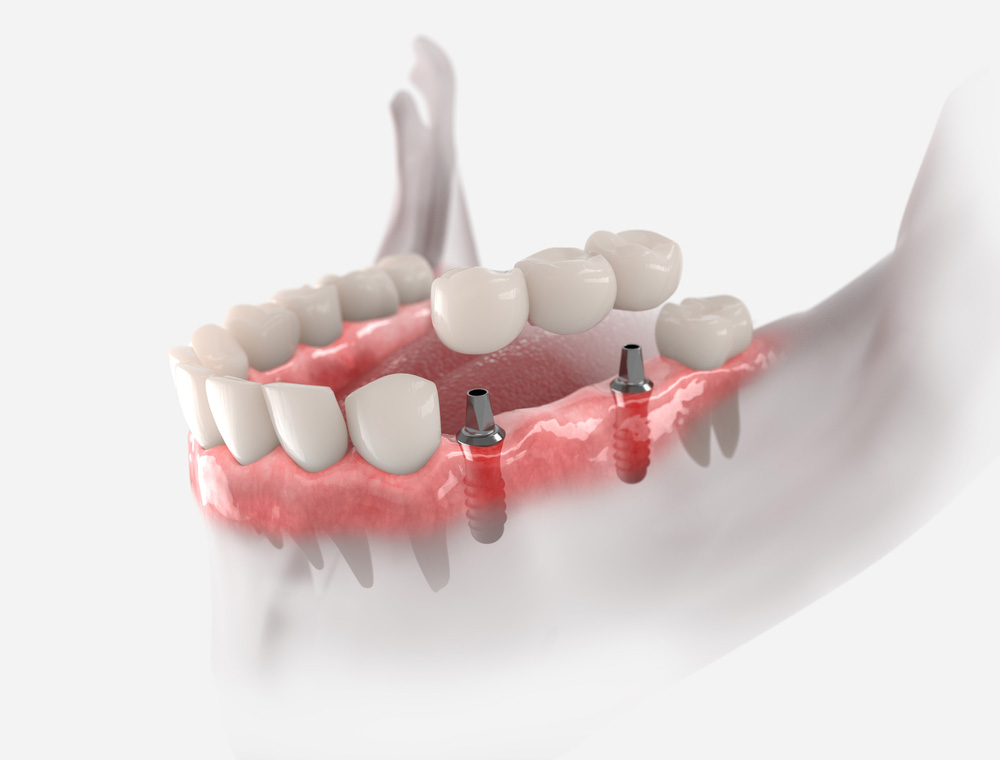Replacing a missing tooth, or teeth, with a dental bridge will let you chew, speak and smile with confidence.
A Time-Tested Tooth Replacement Option
Losing a tooth isn’t just a cosmetic concern. When a tooth is missing and not replaced, chewing is difficult and the other teeth eventually shift, which can result in bite issues, jaw problems and an increased risk of periodontal disease. A dental bridge is an excellent option for replacing one or more missing teeth and warding off these potential complications. At Oconee Dental Associates, we design high quality, strong bridges that will look and function just like your natural teeth and preserve your oral health.
Benefits of a
Dental Bridge
Restores Function
Dental bridges are more stable than removable dentures and will allow you to confidently bite, chew, speak and smile.
Looks Natural
Our dentists use modern materials and technology to design dental bridges that look and feel completely natural.
Preserves Oral Health
A dental bridge safeguards the integrity of your remaining teeth and helps you maintain optimal oral health.
Types of Dental Bridges
When you visit Oconee Dental Associates for a dental bridge, one of our knowledgeable dentists will perform an exam and discuss your needs and goals to help you decide on the best type of bridge for your smile.
At our practice, we have:
Traditional bridges
A traditional bridge, or fixed bridge, is the most widely used type of bridge because it is strong and comfortable. Traditional bridges usually consist of three crowns. We remove some of the enamel from the teeth on either side of the gap, called the abutment teeth, and place crowns on them. These crowns support the center crown, or the pontic, which seamlessly replaces the missing tooth. Depending on the location or number of missing teeth, additional crowns and/or abutment teeth could be necessary.
Maryland bonded bridges
A Maryland bonded bridge consists of a prosthetic tooth that’s attached to two metal wings. The wings, or bands, are bonded to the back of the adjacent teeth using a composite resin material, similar to what we’d use for a tooth-colored filling. A Maryland bridge fills the gap and blends in with your smile. It isn’t as strong as a traditional bridge and is usually reserved for the front teeth, but it does cost less and doesn’t involve removing any tooth enamel.
Getting a Dental Bridge
While it will depend on your case and the type of bridge, generally, getting a dental bridge takes two appointments. At the first visit, your Oconee dentist will numb the area with local anesthetic before recontouring the teeth on either side of the gap so they’ll fit under the crowns.
After the abutment teeth are prepared, a team member will take impressions for the dental lab. The lab will use the impressions and the dentist’s specifications to fabricate a custom dental bridge that seamlessly matches your smile and fits your bite. Before you leave our office, the dentist will create and place a temporary restoration while your permanent bridge is being made.
When your permanent bridge is ready, we’ll gently remove your temporary. The dentist will check that the permanent bridge fits perfectly, that your bite is correct and that you love how it looks before cementing it in place. They’ll make any final adjustments and you’ll get to enjoy your new smile.


